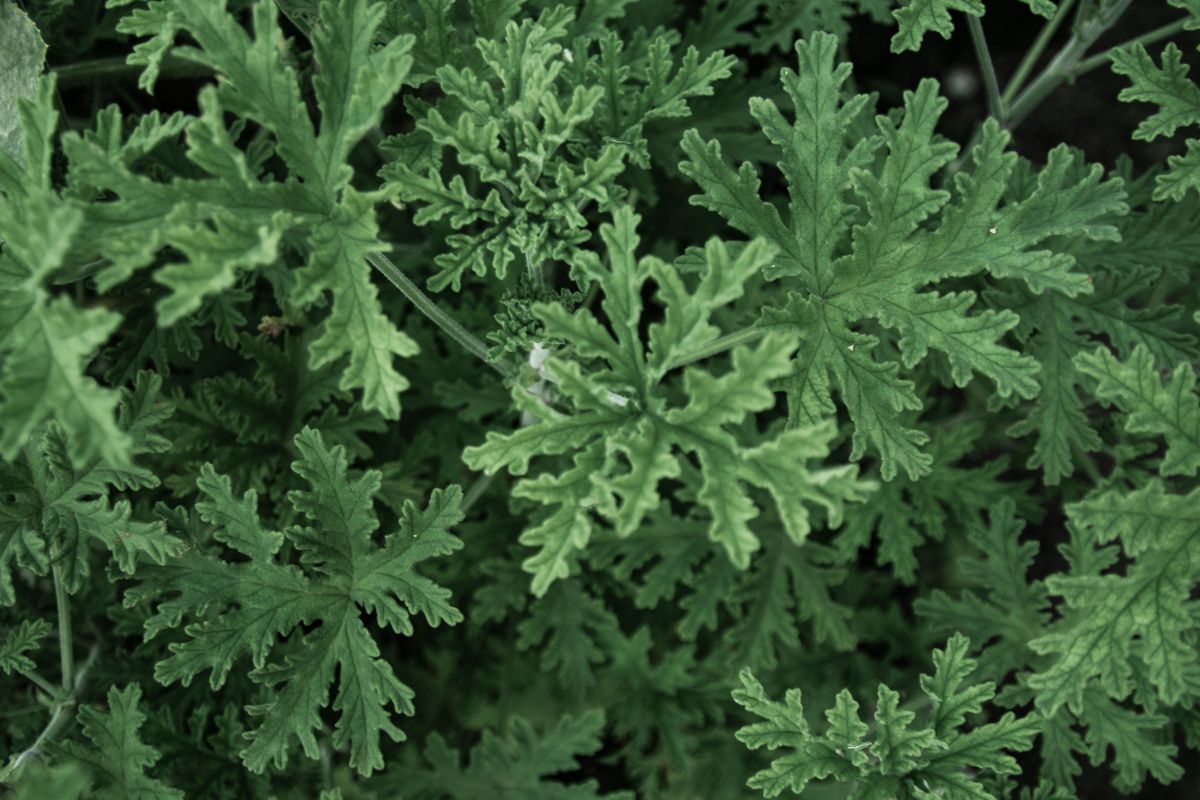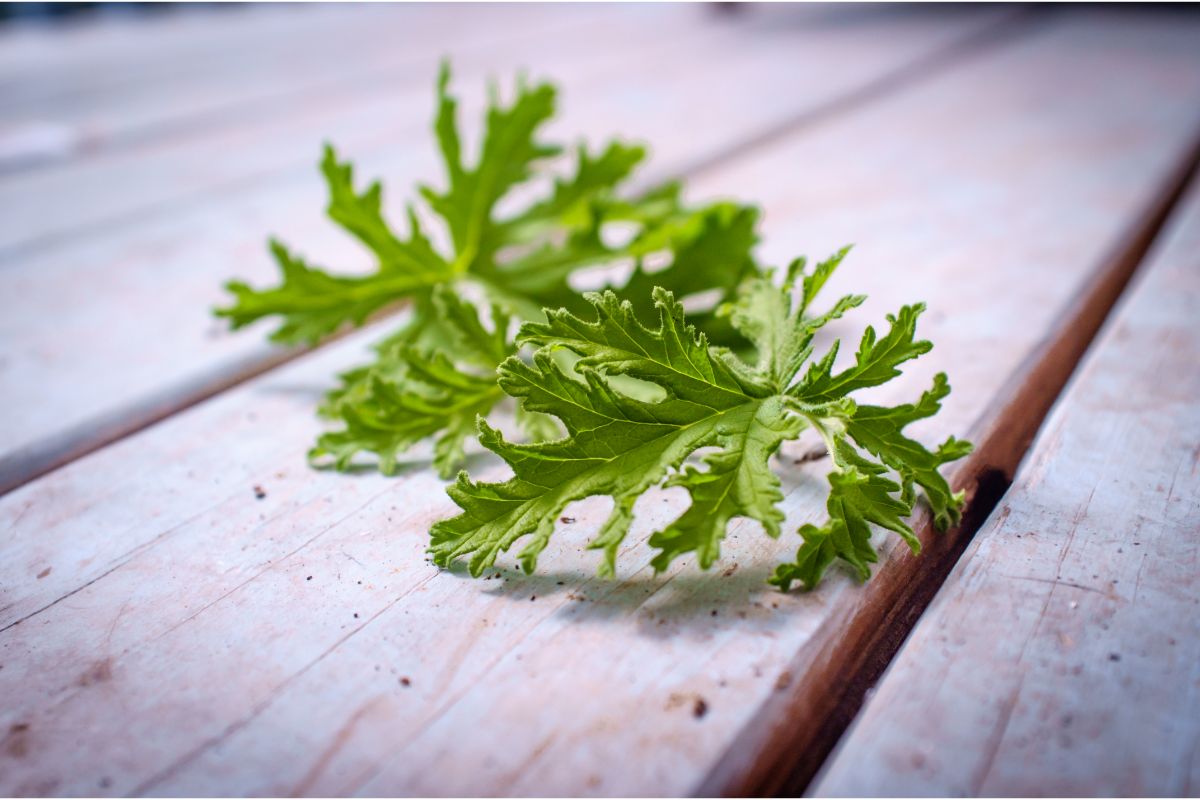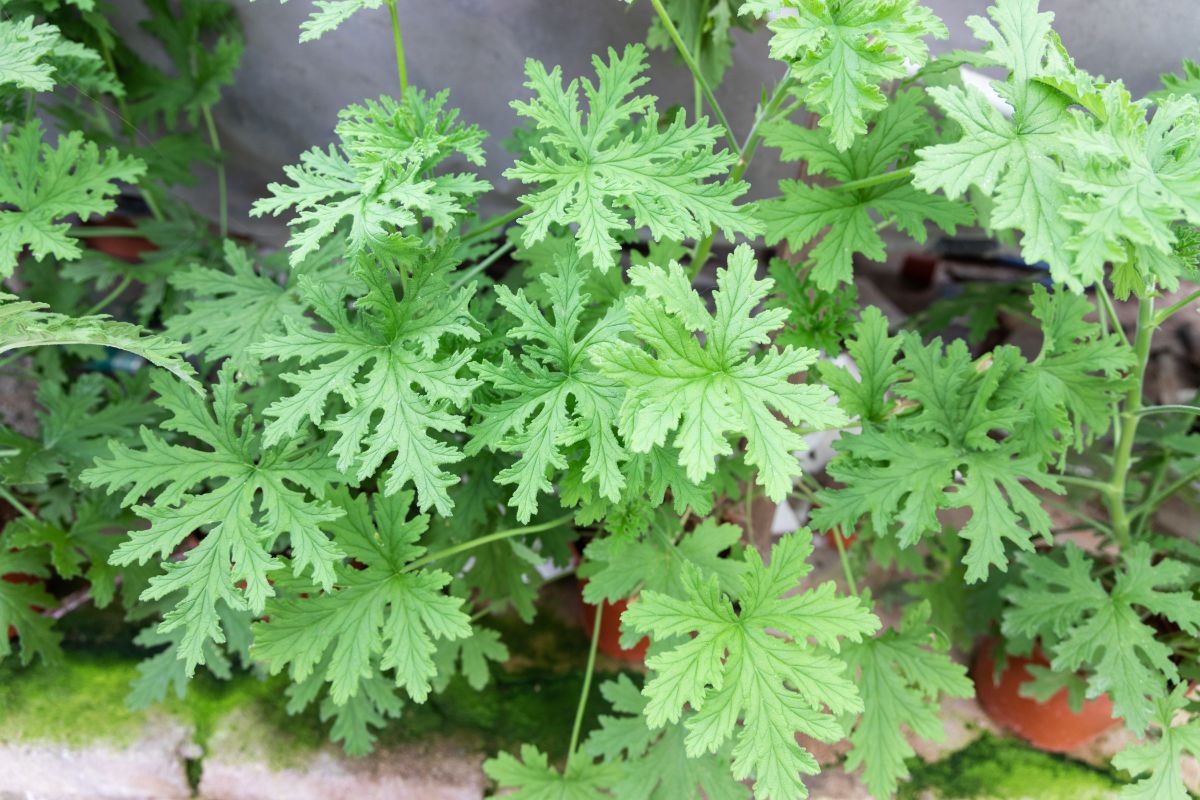Is Citronella a Perennial?
Knowing how to care for the citronella plant is essential for anyone that needs to plant it. The Citronella plant is a perennial that thrives in (United States Department of Agriculture) USDA plant hardiness zones 10 through 12.
Some people produce it as an annual in other locations since it dies back over the winter. You can propagate this mosquito plant by clump division, and it grows best in full sun.

Types of Citronella Plants
Citronella is a clumping grass that looks like lemongrass. The leaves are a rich green tint with a pink or purple hue at the base. Another plant that people sell as Citronella is the Pelargonium citrosum, a fragrant Citronella geranium.
This plant has broad, serrated leaves and is commonly called a “mosquito plant,” however it just has a citronella aroma. You can’t manufacture citronella essential oil with it. Below are varieties of the Citronella plants:
Ceylon Citronella
Cymbopogon nardus, or Ceylon citronella, is the most common species found in home gardens and people use it to create an essential oil. It’s ideal for decorative grass or pest repellent in the park. It grows to about 3 feet (91 centimeters).
Java Citronella
Although Java citronella, Cymbopogon winterianus, is thought to have originated in Sri Lanka, it became popular in Indonesia at some point. This type has larger leaves and grows faster than Ceylon. It grows to around four feet (122 centimeters).
East Indian Lemongrass
Many people use this lemongrass to flavor food and perfume cosmetics. It can grow to six feet (183 centimeters) and a width of three feet (91 centimeters).
Palmarosa/Ginger Grass
Since antiquity, people have been collecting Cymbopogon martini in the wild and utilized its essential oil, which they presently farm for the same purpose. There has been some research that demonstrates you can use palmarosa medicinally on the skin.
How to Propagate Citronella
With their citrus aroma, Citronella geraniums are a lovely addition to your garden. You can typically buy them as little plants from garden centers, just like the rest of the geranium family, and they don’t usually come from seed. You can propagate Citronella from stem cuttings if you know someone who has a citronella plant. To propagate a cutting, follow these steps:
Take a Cutting
To make the cleanest cuts possible, use a decent pair of scissors or garden pruners. On each cutting, you’ll need at least two nodes (the bumps on stems and branches where leaves and side shoots grow). You need one node below the soil or water (where roots will form) and one above the ground or water (where new shoots and leaves will grow).
Remove All but Two of the Stem’s Leaves
Too much vegetation might deplete the moisture required for root growth. You’re out of luck if the cutting dries out before roots emerge (the remaining leaves should be at the cutting’s tip — if they’re huge, chop them down to the size of a bottle cap).
Use Rooting Chemical to Promote Growth
A jar of a rooting compound, which includes naturally occurring hormones that stimulate root growth, would be worth investing in. Otherwise, place the clipping in a moist potting soil container. The cutting takes root in a few weeks.
Ascertain that the Mature Plant Receives Adequate Sunshine
Place your citronella plant in direct sun or a somewhat shaded place that receives at least six hours of direct sunlight every day. You can plant Citronella geraniums as a perennial year-round in USDA plant hardiness zones 9b through 11, including much of the West Coast, Southwest, and Southeast of the United States.
Regularly Water Your Citronella Geranium
Even though mature geraniums are drought-tolerant, it’s good to water your citronella plants regularly. Feel the top inch of soil to find out if your citronella geranium needs water. Give it a nice bath if it seems dry. To keep your citronella plant indoors, don’t be afraid to clip it to encourage a bushy appearance.
How to Grow Citronella
Climate
Citronella grows well in most climes outside, but it dislikes the cold. It grows best on a protected verandah in cooler climates, but you can also grow them indoors. Choose a gently shaded place in the garden that receives good light for most of the day. Citronella will scorch and wilt in full sun, especially in the summer.
Soil
The soil should be a rich loam that retains moisture after irrigation and rainfall but drains freely — grasses dislike waterlogged soils. Add enough well-weathered animal dung and compost and a long-term controlled-release fertilizer to the soil before planting (a 12-month formulation is ideal).
Citronella Plants in Containers
Choose a pot size that comfortably supports the roots while allowing for some expansion over the next couple of years. Use a high-quality terracotta and tub potting mix with a wetting agent and water-storing crystals.
How to Care for Citronella Plant
Citronella needs a lot of moisture to thrive, but it doesn’t enjoy damp feet. Water plants in the garden and containers every day during the summer when it’s hot and dry. Check the soil or potting mix every few days as the weather cools, and water if it feels or looks dry.
To keep the grass strong and healthy, apply a 12-month controlled-release fertilizer at the start of each spring and supplement with monthly water-soluble or liquid plant food applications.

Pruning Citronella Plants
You need to know how to prune the citronella plant. Although Citronella is a perennial, it can be an annual in cooler climates where people plant it as an aesthetic garden plant. After the seed heads have died off, pull them out and compost them at the end of October.
Late autumn is an excellent time for plants that will stay in the ground or pot a “haircut,” clipping the grass down to approximately 15cm (0.5 feet) above soil level. It will generate enough new growth to cover the stubble in the spring. Lift, divide, and replant clumps when they grow congested in the fall.
Citronella is a grass that spreads through seed and clump development; therefore, it has the potential to become a nuisance plant. Although it lacks running roots, the wind can transport its seeds by the wind onto adjacent properties.
Cut off seed heads before they mature to prevent spread, and don’t let your undesired clump divisions become “garden escapees” by discarding them on roadsides or vacant property!
How to Use Citronella Plant
You can use Citronella oil in various ways. Below are explanations on how to make use of the citronella plant:
Spray
You can use a spray application to freshen up a place or as an insect repellent. To produce a citronella oil spray, mix these ingredients in a spray bottle. In a spray bottle, combine citronella oil and water. 10 to 15 drops per ounce (29 milliliters) of water. The National Association for Holistic Aromatherapy (NAHA) recommends this.
Essential oils do not dissolve in water; hence, this step is optional. Add a dispersion agent to your solution, such as soluble. Shake the bottle before spraying. If you’re using citronella oil as an insect repellent, you’ll need to reapply it more frequently than repellents like DEET because it has a shorter duration of efficacy.
Diffuser
This is a device that disperses a scent throughout a space. You can use this method to repel insects or impart a pleasant smell to a place. Diffusers come with a set of instructions. Follow the product directions carefully to use citronella oil safely in a diffuser.
Oils and Lotions for Massage
People can use Citronella oil topically in the form of oils and lotions. This method of applying citronella oil to the skin may help eliminate bacteria and fungi while also promoting wound healing. Before using essential oils on the skin, always dilute them in a carrier oil. This tutorial will show you how to produce citronella massage oil or lotion:
Massage Oil
To produce a massage oil, combine the following ingredients in a small mixing bowl:
- You should dilute Citronella oil in a carrier oil such as jojoba or coconut oil.
- For a 2.5 percent dilution, the NAHA recommends 15 drops of essential oil per ounce (29 milliliters) of carrier oil.
- Use a one percent solution if you have sensitive skin (6 drops per ounce (29 milliliters) of carrier oil).
Cream or Lotion
To produce a cream or lotion, follow these steps:
- You should dilute Citronella oil in an unscented cream or lotion.
- For regular skin (6 to 15 drops per ounce (29 milliliters), the NAHA recommends a 1 to 2.5 percent dilution, and for sensitive skin, a 0.5 to 1 percent dilution (3 to 6 drops per ounce (29 milliliters).
What Does a Citronella Plant Look Like?
Citronella is a tall grass with a characteristic grass form and habit endemic to Southeast Asia. People grow it as decorative grass for the garden or in pots, despite its primary purpose of producing citronella oil. Citronella grass comes in two varieties, although Cymbopogon nardus is the one most usually made for its oil.
Citronella’s mid-green leaf blades can grow up to 1m long and grow from a crown. The pseudostem, or base of the leaf, is a reddish color. It produces flower stems and seed heads, as are all grasses, but they are not the primary attraction. Citronella resembles lemongrass, but the two are not interchangeable! There isn’t any red at the base of its stems. They are green.
What Does Citronella do?
People have utilized the Citronella for several reasons for millennia. Below are what the citronella plant can be of help to you:
Insect Repellant
In a review from 2011, the effectiveness of various citronella treatments in avoiding mosquito bites was investigated in 11 research by Trusted Source. According to the study, citronella oil combined with vanillin (found in vanilla beans) gave mosquito protection for up to three hours.
Use Citronella frequently to be effective as a mosquito repellent. When coupled with vanillin, it may protect for up to three hours.
Antifungal Agent
Citronella oil appears to have antifungal properties. It may be necessary to reapply it daily in some circumstances to keep fungal infections under control. It has antibacterial characteristics, but it isn’t as powerful as some other essential oils at killing a wide range of bacteria and germs.
Wound Healing
Citronella oil for wound healing may potentially speed up wound healing. This is vital for those with diabetes, as wounds heal more slowly when they have the disease. The antifungal and anti-inflammatory characteristics of citronella oil may aid in wound healing. There is little research in this field, and further human trials are needed to determine its efficacy.
Loss of Weight
According to a study, inhaling citronella oil and some of its constituents caused weight reduction in rats. Researchers discovered that consuming citronella oil reduced appetite, lowered cholesterol, and slowed weight growth. Researchers need to do more research to see how beneficial it is for weight loss in humans.
Where Does Citronella Come From?
Citronella grass is endemic to Asia’s tropical regions and planted for use in insect repellents, soaps, and candles in Indonesia, Java, Burma, India, and Sri Lanka. In Indonesia, people grow it as a popular cooking spice. They also use the herb to treat lice and other parasites, such as intestinal worms, in addition to repelling mosquitos.
Does Citronella Come Back Every Year?
It’s a perennial that grows well in USDA plant hardiness zones 10 to 12. Some people grow it annually in other places because it dies back in the winter.

Conclusion
Citronella plants have a wide range of benefits and applications, as you can see. They are unique plants that look nice on your patio or deck, and they can help repel mosquitos. Of course, these plants won’t keep you from getting bitten, but they can aid without causing any harmful or hazardous side effects.
Aromatherapy, flavoring teas and food, flower arrangement additions, and looking lovely around your patio or deck. These are a number of the uses for these beautiful plants. Purchase citronella plants right now! Happy gardening!
